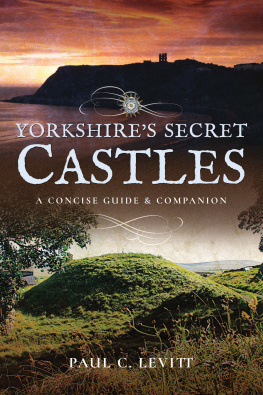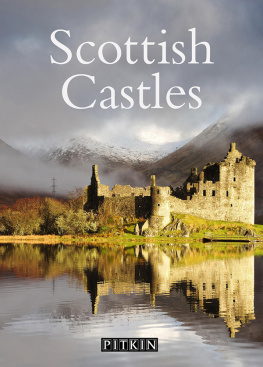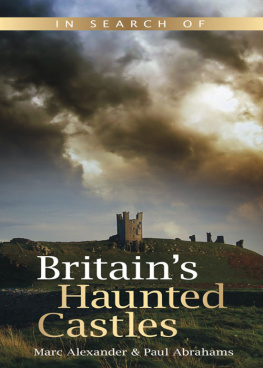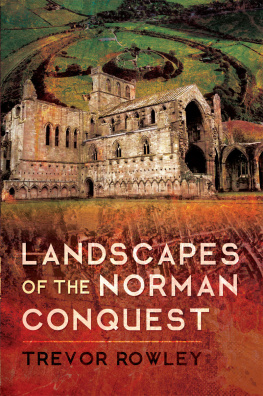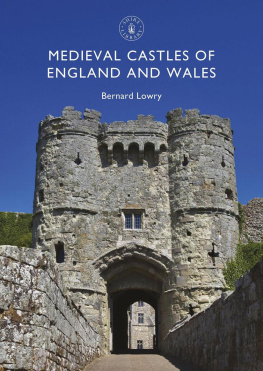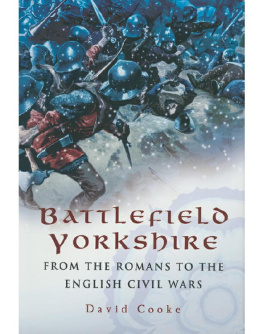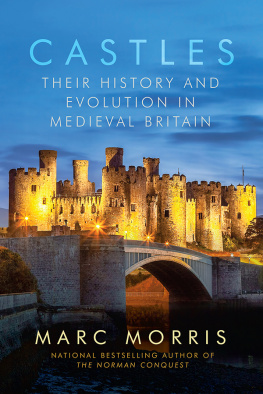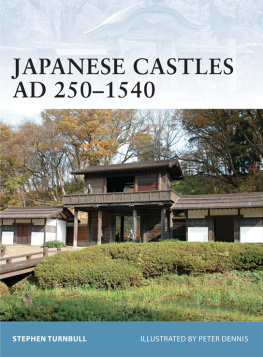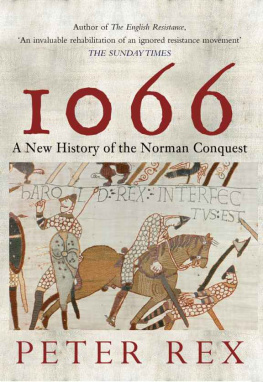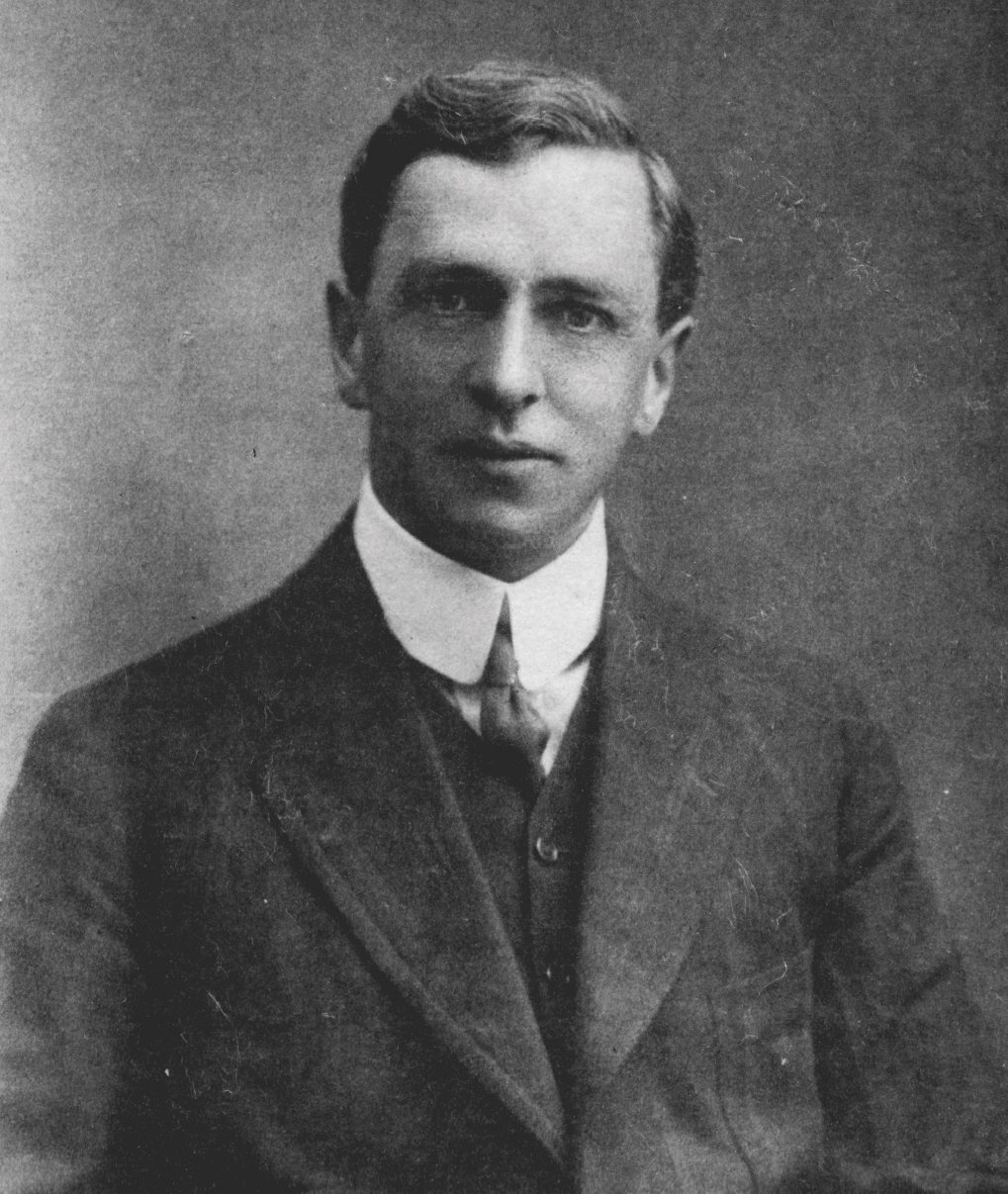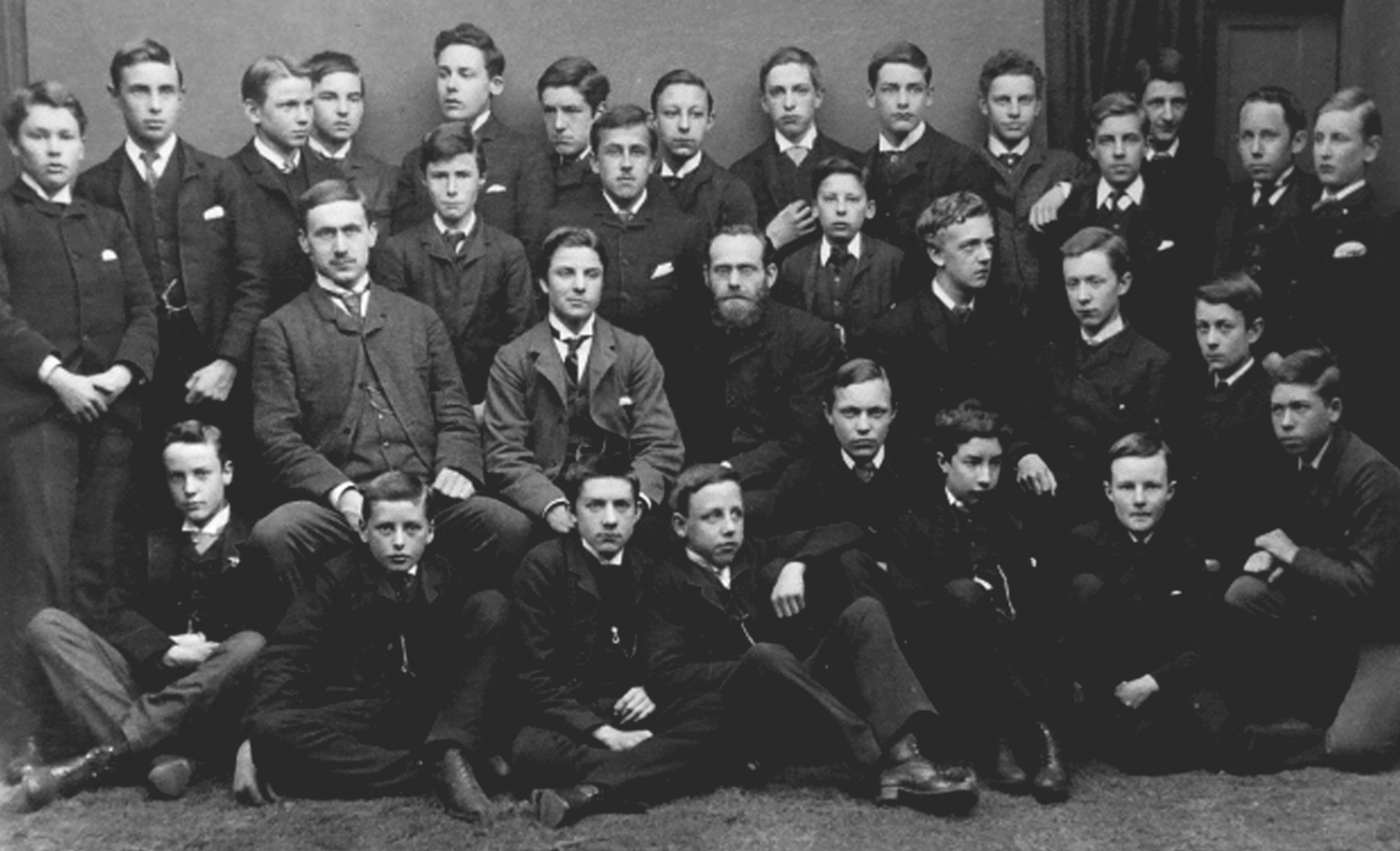
Yorkshire's Secret Castles
Yorkshire's Secret Castles
A Concise Guide and Companion
Paul C. Levitt
First published in Great Britain in 2017 by
PEN AND SWORD HISTORY
an imprint of
Pen and Sword Books Ltd
47 Church Street
Barnsley
South Yorkshire S70 2AS
Copyright Paul C. Levitt, 2017
ISBN 978 1 52670 620 1
eISBN 978 1 52670 622 5
Mobi ISBN 978 1 52670 621 8
The right of Paul C. Levitt to be identified as the author of this work has been asserted by him in accordance with the Copyright, Designs and Patents Act 1988.
A CIP record for this book is available from the British Library All rights reserved. No part of this book may be reproduced or transmitted in any form or by any means, electronic or mechanical including photocopying, recording or by any information storage and retrieval system, without permission from the Publisher in writing.
Pen & Sword Books Ltd incorporates the imprints of Pen & Sword Airworld, Archaeology, Atlas, Aviation, Battleground, Discovery, Family History, Fiction, History, Maritime, Military, Military Classics, Politics, Select, Social History, True Crime, Frontline Books, Leo Cooper, Remember When, Seaforth Publishing, The Praetorian Press, Wharncliffe Local History, Wharncliffe Transport. Wharncliffe True Crime and White Owl.
For a complete list of Pen and Sword titles please contact
Pen and Sword Books Limited
47 Church Street, Barnsley, South Yorkshire, S70 2AS, England
E-mail:
Website: www.pen-and-sword.co.uk
Preface
Mention the word castle and most people will immediately think of some idyllic old pile that attracts thousands of visitors in summer. But long before works in masonry were developed, castles were simply built from earth and timber. Some were abandoned when stone castles were built nearby and some were themselves upgraded in stone. Thrown up soon after the Norman Conquest nine-and-a-half centuries ago, these earth and timber castles are secret in the sense that they have been largely forgotten, neglected, concealed or encroached upon by later developments. In a few cases they were engulfed, buried and even destroyed. Their existence and location remains obscure because at best there is little to see. But dig deeper and they all have a story to tell. Who built them and when? What did they look like originally? What traces remain and where can they be found? More than a century ago, antiquary W.M. IAnson surveyed many of North Yorkshires secret castles. This book follows in his footsteps and uncovers much of the interesting information he collected on sites that have been largely undisturbed for centuries. It incorporates not only the 34 castles surveyed by IAnson but also adds a further 41 sites that give a broader picture for the county of Yorkshire as a whole.
Acknowledgements
The author wishes to express his immense gratitude to the Yorkshire Archaeological & Historical Society in whose journal work by the late W.M. IAnson F.S.A. was published more than 100 years ago and which was the inspiration for this book.
With a few exceptions, quotations throughout this work were obtained from the Yorkshire Archaeological Journal, Vol. 22, 303399, The Castles of the North Riding, and Vol. 24, 258262, Skipsea Castle; they are republished with kind permission of the Yorkshire Archaeological & Historical Society.
W.M. IAnson.
Chris IAnson, a distant relative, and Bootham School in York kindly gave their kind permission to reproduce the only photos of W.M. IAnson obtainable. Born on Boxing Day in 1871 at Saltburn-by-the-Sea on the North Yorkshire coast, William Mangles IAnson attended Bootham School, York, where he won a prize in the Landscape Art category at the 1888 annual exhibition of York School Natural History, Literary and Polytechnic Society. IAnson also wrote on historical subjects and his earliest work was published in Bootham Schools The Observer a series of collections of essays. In adulthood, he followed in his fathers footsteps when he succeeded him as engineer of Cleveland Water Works, Saltburn.
IAnson pursued his strong interest in history as a member of the Society of Antiquaries and of the Earthworks Committee of the Congress of Archaeological Societies. In the North Riding alone, he visited and surveyed 34 motte and bailey castles. He was also a prominent member of the Ancient Monument Committee for Yorkshire and was perhaps the first authority on medieval military effigies. Interestingly, he belonged to the same family as Frances IAnson, immortalised in the song The Lass of Richmond Hill. William Mangles IAnson died on 5 March 1926 at the relatively young age of 54.
W.M. IAnson (back row, seventh from the right) at Bootham School, York in 1888.
I am further indebted to my talented friend Andreas Renou, who studied at the Royal College of Art, London and has a passion for drawing, painting and design. He has recreated scenes from a time when Yorkshires secret castles dominated the landscape nine centuries ago and has drawn all the ground plans contained in this book.
My thanks also go to Dennis Bromage for his inspirational photograph of Whitestone Cliff and the distant Hood Hill. A full-time professional landscape photographer who lives close to the North York Moors, Dennis has a passion for the outdoors and has captured perfectly the solitude of this castle site, the whereabouts of which remained a mystery for many years.
A final word of thanks goes to my wife for her patience and unflinching support while visiting what must have seemed like mere mounds of earth. I like to think that she now sees them as ancient and precious remnants of Yorkshire's Secret Castles.
Introduction
When the Normans invaded England in 1066, they conquered a land that remained hostile to their presence for many years. Norman barons were given land for their services and loyalty to the new king, William, Duke of Normandy, but very few felt secure. One of their first actions was to throw up earth and timber castles from which they could safely watch over and protect their newly conquered lands. Although a novelty to the English, Edward the Confessor had allowed favourites of the Norman nobility to erect castles several decades before his death and the subsequent Norman invasion. In this context, the earliest recorded castle in England dates back to 1048 (Anglo-Saxon Chronicle). After the invasion, revolts and their suppression prompted the erection of a large number of castles, the majority being built between 1071 and 1145. About 100 had been erected by the time of the Domesday Book, a full 20 years after the invasion. Today, more than 700 castle mounds (mottes) have been identified in England and Wales according to the late antiquary W.M. IAnson. William the Conqueror alone is reputed to have raised about 100 mottes and his son added a further 100. The first of Williams castles was at Hastings, but he built castles in every major Saxon town as part of a strategic plan. Norman barons, on the other hand, built them to fortify their home bases (caputs) from which they ruled over their lands (fiefs). In periods when loyalties became blurred, barons used the situation to reinforce and expand their lands and power at the expense of their neighbours. So, castles were necessary for protection not only against an unruly if not hostile population but also aggression from peers during infighting. Eventually they became symbols of military and economic power.
Next page
